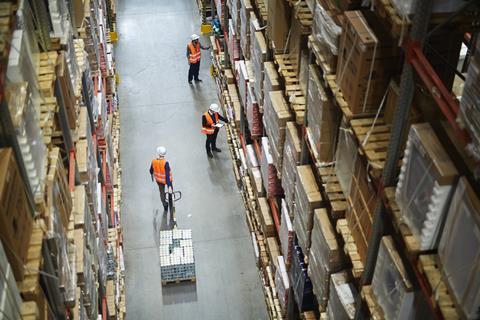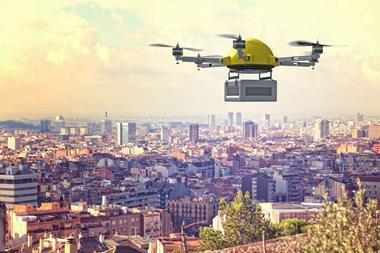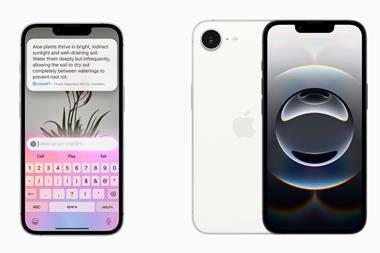When a customer clicks the buy button, wheels are set in motion and it’s the first mile that will make or break the customer experience, according to Manhattan Associates.
Retailers have long been obsessed with the last mile of their supply chain and it’s not surprising that self-confessed ‘innovative technologies’ like Alphabet’s drone fleet or autonomous last-mile delivery bots grab the front pages in the press.
However, it’s important to remember that as innovative as these advances might be, these technologies are only fulfilling a very small part of the overall product–consumer journey. Rather than the last mile, it’s actually the first mile of the process that ensures supply chain success and aids customer satisfaction.
Rather than the last mile, it’s actually the first mile of the process that ensures supply chain success and aids customer satisfaction.
From click-to-dispatch, first mile represents the journey from the point at which a consumer places an order, to the time that it is picked, packed and dispatched, including every aspect of the supply-chain process that makes this possible.
It is here in the first mile, not the last mile, where brands evolve to meet the shifting behaviours of their customers, can maximise inventory to increase the bottom line and (crucially) ensure the wellbeing of many of their employees during the pandemic.
These things do not simply happen overnight and adapting and evolving has historically often taken retailers months and even years to effect change – not a luxury that has been afforded to anyone this year.
The old adage that ‘crisis drives innovation’ has certainly played out over the course of the pandemic, with many established names adopting a start-up mentality and becoming much more agile in the decisions taken and the practical rollouts deployed.
While the past six months has seen a number of challenges for retailers, not least for many managing the rapid transition from omnichannel retail to a pureplay model, two fundamental areas stand out, both of which are rooted in the first mile of the supply-chain journey.
1. The warehouse

Understanding people and product movement have traditionally been the key indicator of warehouse performance and employee efficiency, but in the socially distanced world of warehousing, you need to rely more on technology to help maintain the efficiency of the click-to-dispatch process.
Whether it’s limiting numbers of workers in specific zones; using swipe keys rather than touchscreen keypads or increasing shift rotations to maintain picking efficiency and productivity, the technology that operates a warehouse during the first mile of a product’s journey is key.
2. Inventory

If you have got it, you should be able to sell it, no matter where in your supply chain an item is. However, in practical terms, this simple concept is complicated to achieve.
Open-architecture IT, including cloud and microservices, as well as developments in AI and machine learning mean retailers can ingest more data to predict demands on retail supply chains.
In turn, firms can be more effective in allocating inventory and rolling out new delivery models (like BOPIS or curbside pick-up), essentially rendering the need to invest further in complicated ERP deployments (that are often expensive, time-consuming and inflexible) redundant.
Consumer conditioning towards ecommerce and the ongoing demand for delivery services has led to a growth in micro-fulfilment centres, an increased reliance on accurate inventory and an appetite for faster change at the board level.
While with any luck coronavirus will not be with us forever, its impact will certainly have a significant and lasting effect on consumer behaviour and the first mile of the supply chain.
With consumers more inclined to be forgiving of businesses during this period, now is the time to be bold and pilot new innovative approaches and agile processes.
In the future retail landscape, it will be brands that are nimble, and embrace the flexibility afforded to them by advances in cloud and AI solutions that will thrive in a post-pandemic retail landscape.
However, it is worth remembering that ‘innovative’ delivery methods and en vogue technology are no substitute for getting the basics right. It is after all, still the first mile that will make or break the success of a brand promise to its customers, not the last.
To find out more, check out Manhattan’s recent webinar Making the first mile pay in the post-pandemic world or visit manh.co.uk.































